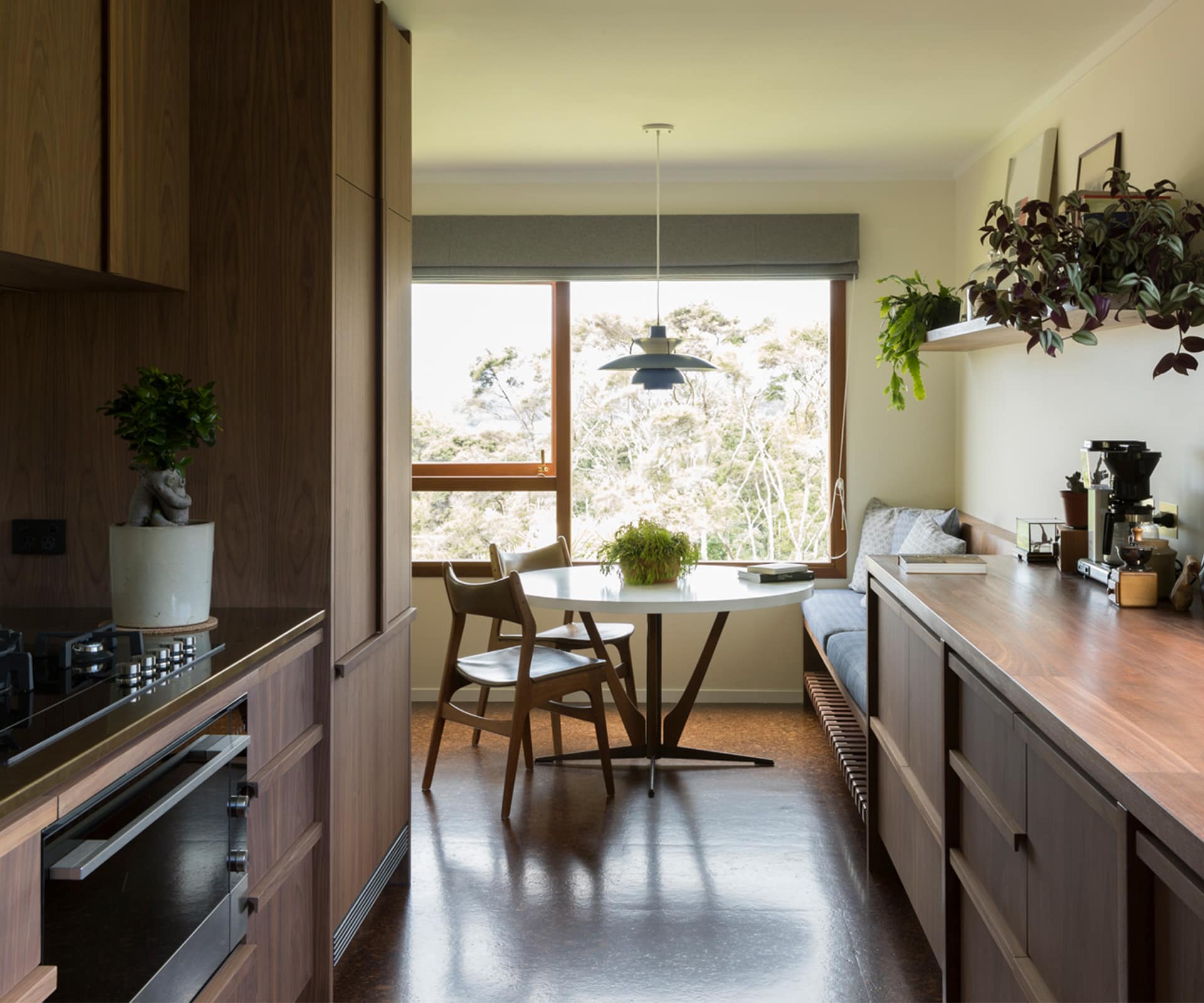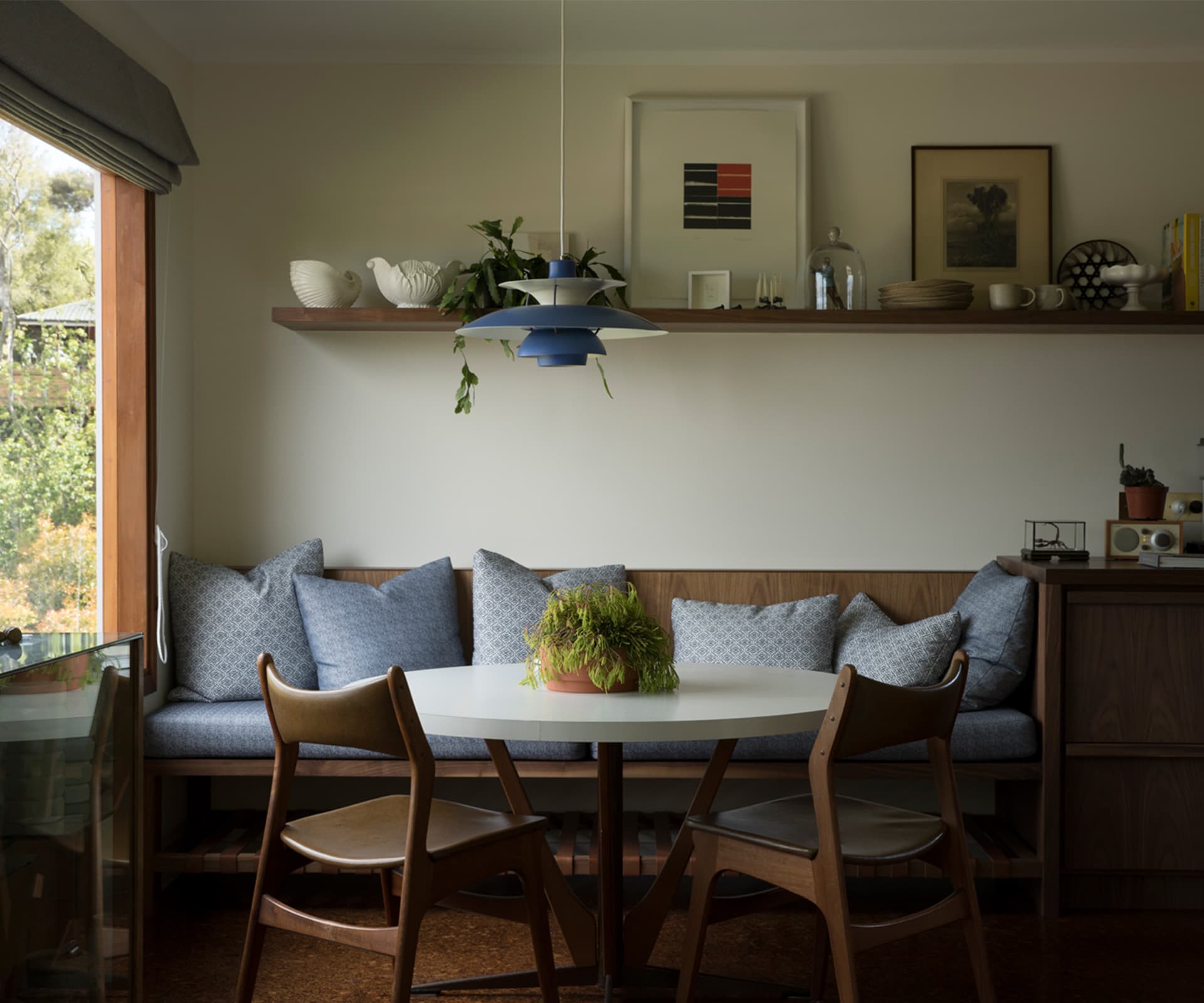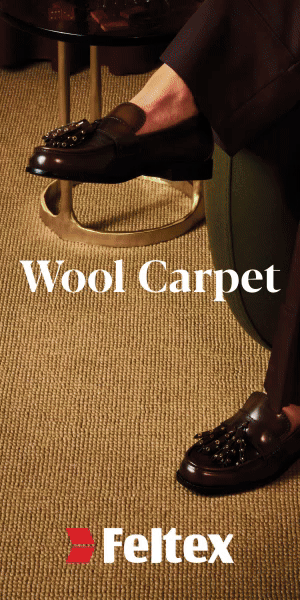From our lifestyle and cooking habits to material and appliance choices, we discover the latest kitchen trends with the lead designers from Fisher & Paykel
Your complete 2017 kitchen style forecast
The home of Simon Devitt was built in 1968, though no one knows who designed it originally. After several years living in the house, Devitt asked old friend Jessica Barter from Bureaux to rework the house, including the kitchen, which was outfitted with walnut cabinetry that is at once contemporary and sympathetic to the house, integrated appliances by Fisher & Paykel, and a built-in bench seat big enough to lie down on, with a ledge wide enough for a cup of tea. “It was important to make things feel generous instead of stingy,” says Devitt. “It’s not a big house.”
All of which are issues the good people at Fisher & Paykel are well aware of. We talk with Simone Stephens, senior designer and Kitchen Tools content manager, and Lauren Palmer, chief designer for cooking, at Fisher & Paykel, about some of the trends emerging in kitchen design for 2017.
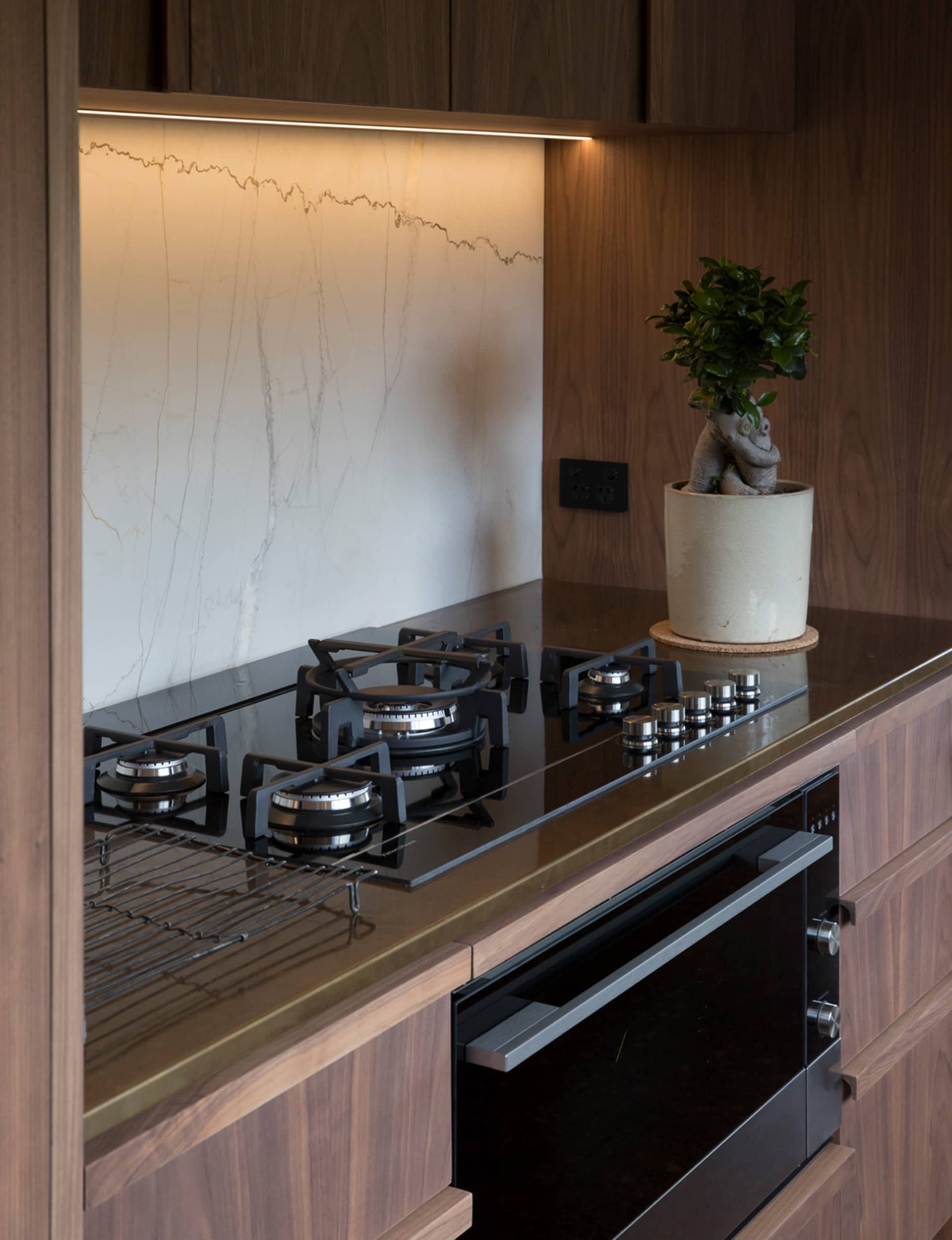
More and more people seem to be installing induction. What’s the attraction for the serious cook?
Induction is perfect for the serious cook – it offers the performance and responsiveness of gas cooking, with the cleanability and sleek design of a smooth ceramic glass surface, and particularly great low temperature control. In a small kitchen it can also be extra bench space when doing prep, and the clean-up is super easy – just a wipe down with a damp cloth.
We’re also seeing a lot of projects where induction and gas are being mixed together using our combination cooktops. It’s a great solution – a high output gas burner for wok cooking and then the precise control of induction for everything from very high temps perfect for rapidly boiling water or searing a steak, right down to being able to melt chocolate or cooking a delicate custard straight on the cooktop (no double boiler required!). Offering customers choice to tailor the products and fuel type to their cooking preferences.
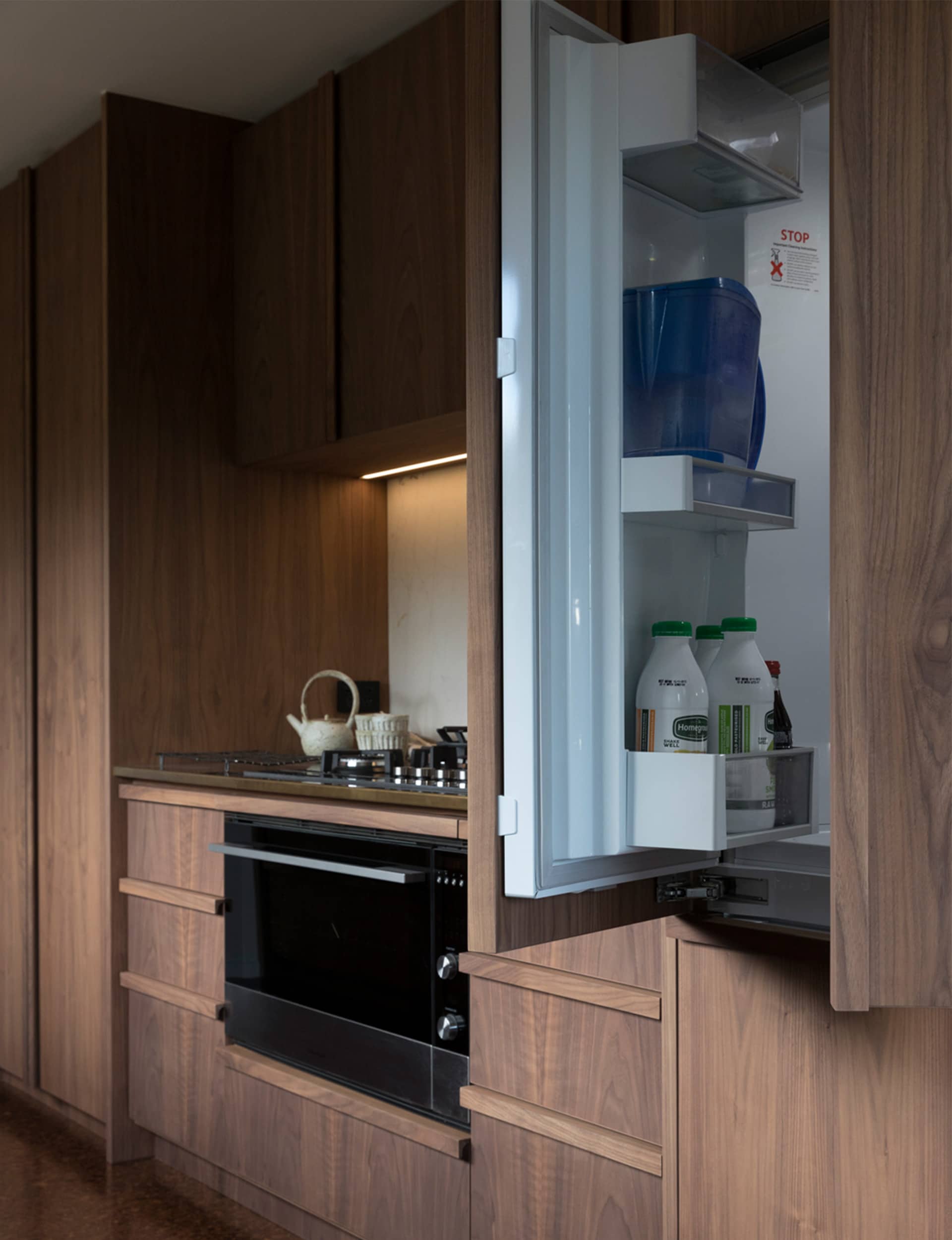
It seems like appliances – DishDrawers, CoolDrawers, and so on – are breaking down in size and scale. What’s the upside for the consumer?
The real upside for the consumer is choice – giving them the freedom to configure the products to best suit their needs and design style. We have broken things down into simple sized modules (base unit sizes) and then let people add and grow these depending on their space and choices, like combination cooktops, more than one single DishDrawer, companion products (like steam ovens or coffee makers), and multiple CoolDrawers.
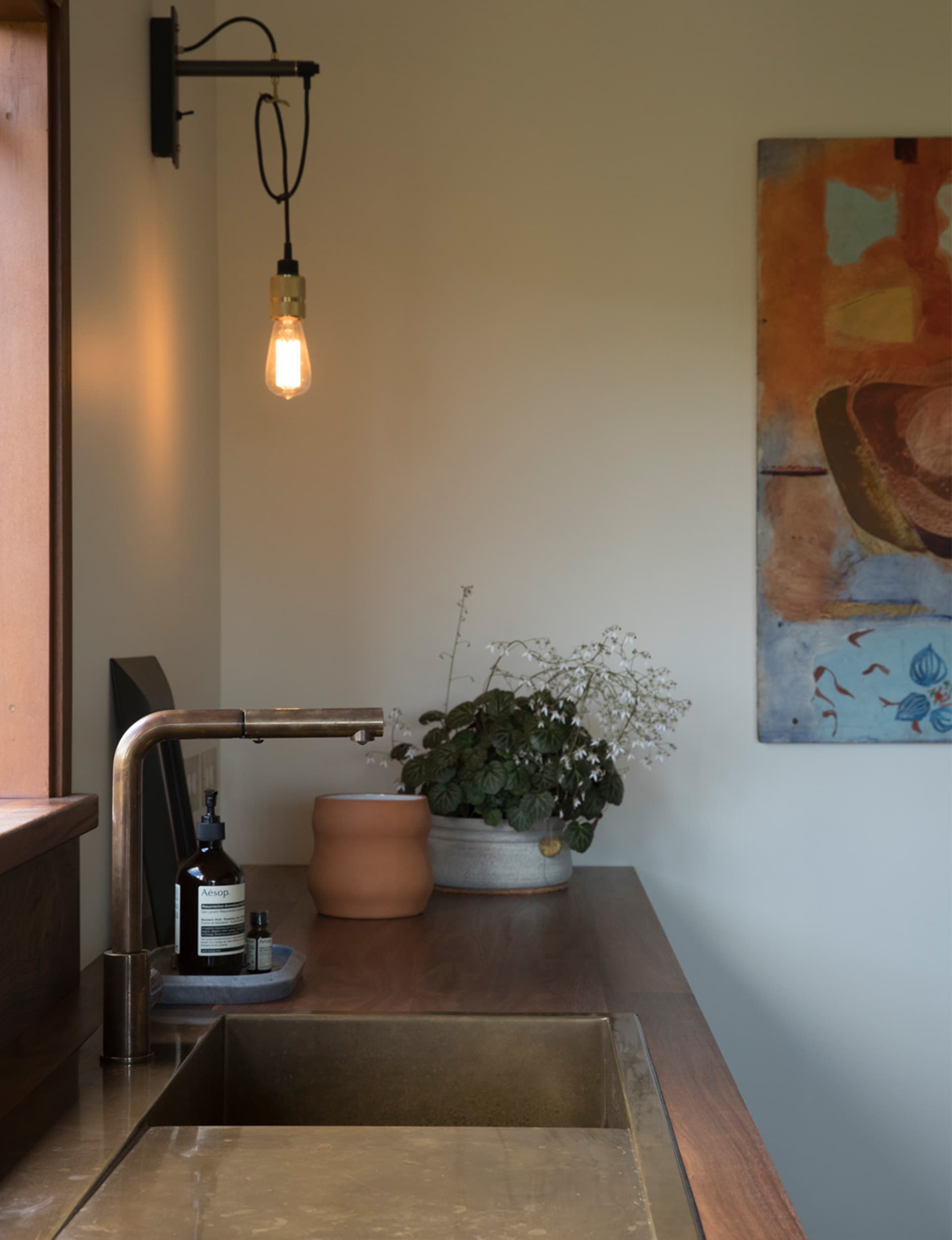
What’s the one thing you’re seeing in kitchens that you didn’t five years ago?
We are seeing more and more emphasis on materiality and details that provide warmth within homes. We love the beautiful treatment of raw materials, lots of wood varieties, metal and stone combinations. There are some amazing kitchen designs that have created warmth through mixtures of these materials and bespoke details.
Probably more than five years, but another key trend that’s really inspiring a lot of our work at the moment is people getting back into their kitchens and cooking!
People are rediscovering a love of food, they’re staying in and entertaining at home, growing their confidence and particularly in NZ, where we tend to be global wanderers, bringing back recipes and cuisines from all over the world.
Also, people care more about their health and want authentic food from known sources and of the highest quality. And because people are spending more money on quality ingredients they really care about food storage; how food keeps its freshness and flavour across a variety of food types.
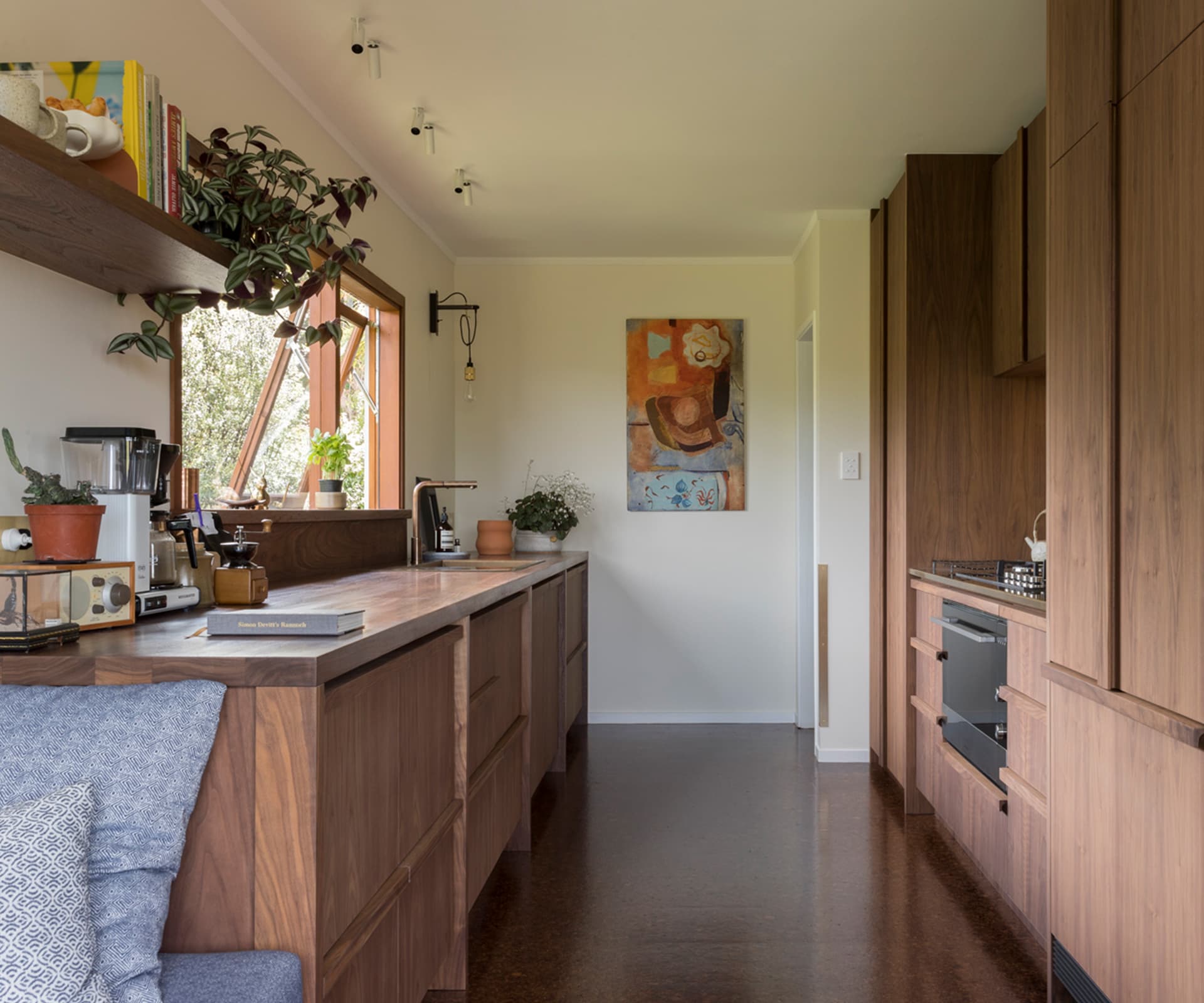
There’s a real trend to smaller homes – and therefore to smaller kitchens. What are the most important ways of making them functional?
Either through space considerations or lifestyle reasons people are choosing to have their kitchen as a multi-use space, shifting between, cooking, dining, living, entertainment, and work spaces.
We need to understand the way kitchens are being designed and people are living within these spaces and provide products that respond to these needs changing from heroes on show to trusty servants that are disguised amongst the kitchen furniture.
The most important way to make a kitchen functional is to really consider who is going to be within the kitchen and the ways they will use it. Will it be one person or more? Will the kitchen be used as a multipurpose space or purely to prepare and produce meals? What are the different zones of use and what product/s support the tasks performed there – if you can really think about the use of the space, you can have a really considered and functional design that delivers even when condensed to a small footprint.
Is the butler’s pantry here to stay?
The butler’s pantry makes sense if there is enough space to accommodate one. Having kitchens that look like furniture or extend seamlessly into the living spaces of a home, a butler’s pantry allows the mess and storage to be kept out of sight. It’s become a functional utility zone that frees up the kitchen to be used socially.
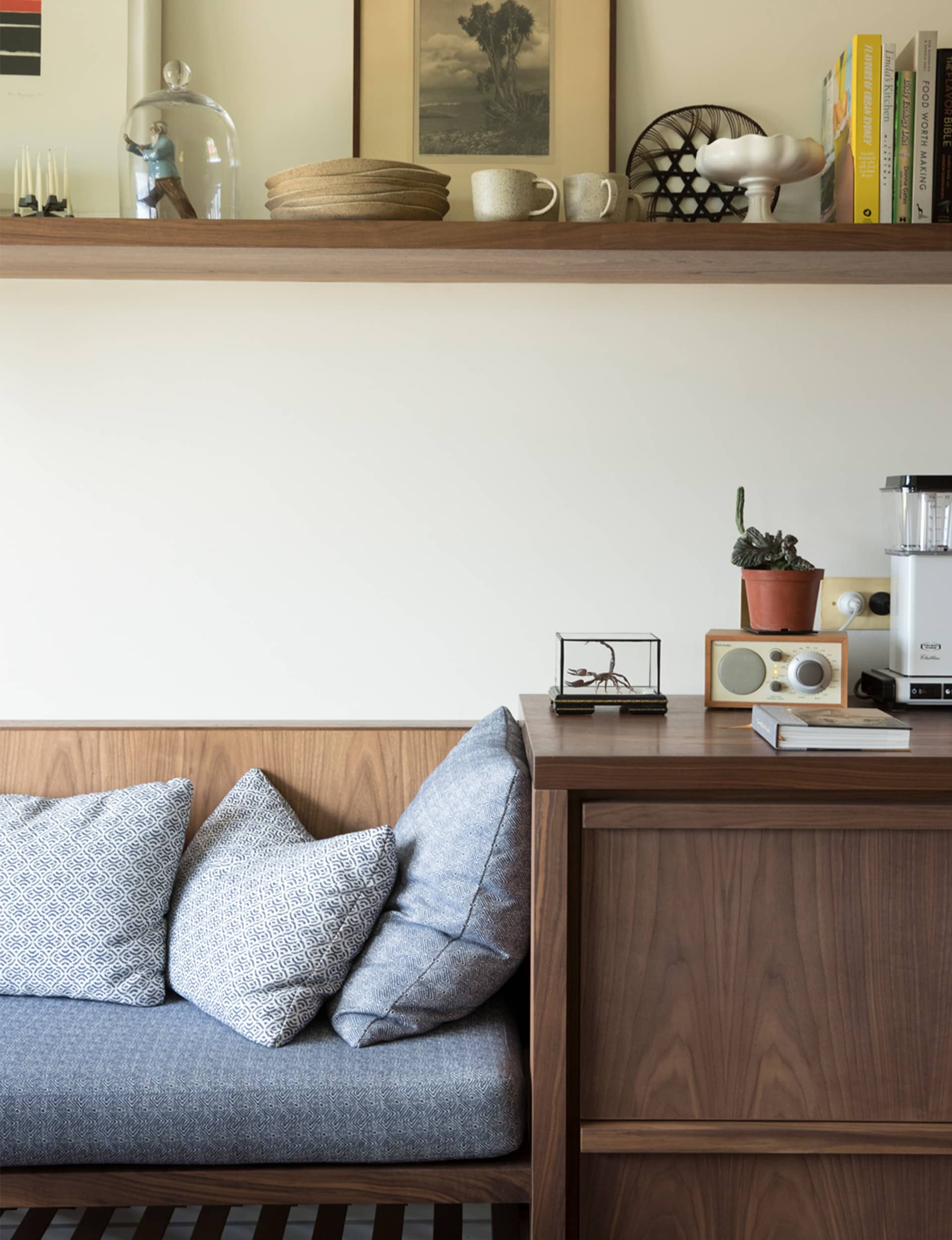
We’re all cooking in remarkably new and different ways. How do you make sure your kitchen will keep up?
It is really exciting, today there is so much interest in entertaining and love of great food. We have many in our teams who share these passions and embed their enthusiasm into the products they are working on and impart their knowledge for others to share. Appliances that we create are designed to offer technology in simple and usable ways that support how you can get the best out of them.
[quote title=”products that have timeless design,” green=”true” text=”excellent performance and offer flexibility” marks=”true”]
A good example is our OB60SL series of ovens that has active venting technology – by selecting the different cook functions you can create the perfect dry environment for meringues or retain moisture within the cavity to get great results with your long bake Christmas cake.
We believe that by selecting products that have timeless design, excellent performance and offer flexibility for cooking styles you will ensure your kitchen always keeps up with how you want to cook.

How much are people hiding their appliances away these days?
Integration can be a really important part of appliances fitting into a kitchen design. We love seeing all the different ways designers are incorporating our product into their designs and the detailing of bespoke cabinetry to integrate the appliances.
There are some kitchens where everything is completely hidden from view but we have been seeing many projects where designers are choosing one or two appliances to make a statement and choosing to integrate the rest. We try to provide these options with the products we design – flexibility around the way they can be installed and design freedom to display or hide them away.
Photography by: Simon Devitt
[related_articles post1=”60290″ post2=”58244″]
